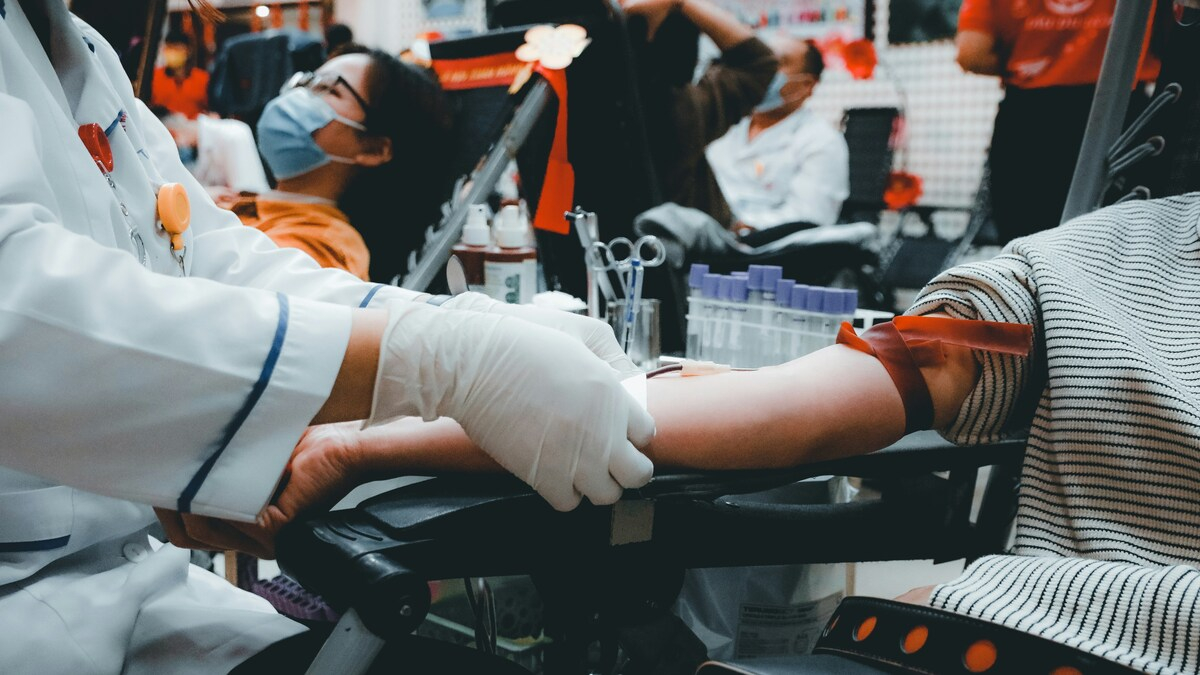In the coming January, numerous Medicare beneficiaries will enjoy savings amounting to thousands of dollars on their prescription drugs. This is in line with the Inflation Reduction Act of the Biden Presidency, which will impose an out-of-pocket cap of $2000 by 2025 on 10 commonly used medicines in a bid to lower their prices.
A Significant Relief for Medicare Enrollees
A news report released by the American Association of Retired Persons (AARP) discloses that over 66,000 residents of Virginia using Medicare prescription drug programs will gain from the changes supposed to take place next year. The changes will make it possible for those who find it hard to pay for their medicines to have relief from the financial burden.
According to state director Jim Dau, some people have incurred out-of-pocket expenses that range from $5,000 up to $10,000 annually in serious situations, but now they ought to be relieved through the new caps he is suggesting. Among other things, he said: “This is an essential moment for those Virginians whose drug coverage is through Medicare.”
Breaking Down the Numbers
The AARP report gives a high level of enumeration about anticipated advantages by state, age group, sex, and ethnic group between 2025 and 2029. It notes that those enrolled in Medicare drug plans who can qualify will save an average of $1,500 in 2025 alone. In Virginia, for example, the number of beneficiaries is expected to increase to over 86,000 by 2029.
Though the ceiling specifically addresses increasing drug prices, this research also illustrates how pervasive these exorbitant costs have been. As an eye-opening comparison, Dau pointed out, “If the price of milk soared at the same rate as that of most medication we buy every day, it would today cost us not less than $13 for a gallon, while a conventional cinema will charge $24.30 per ticket.” “Just think if we had to fill our cars for $12.20 per gallon.”
A National Issue: Runaway Drug Costs
Pricing of pharmaceutical products using prescriptions has always been a major worry for the public of America. Research conducted from 2006 until 2020 shows that prices continue to increase faster than inflation, thereby making life so hard for a lot of Americans, especially those with fixed incomes.
‘Prescription drugs are the “poster child for runaway inflation,”’ is how Dau describes them, noting that these are some of the oldest cost drivers in health care for old people. As a result, the recently imposed out-of-pocket limit is seen as an urgent change that can give hope to millions of seniors who have been languishing under the unbearable costs of vital drugs.
Support for Virginia Navigating the Changes
Organizations like Senior Connections provide crucial advocacy and assistance for Medicare beneficiaries in the Richmond area. Every year, Senior Connections assists more than 3,000 Medicare recipients with selecting the right prescription drug plans according to their respective health requirements.
According to Amy Strite, Executive Director of Senior Connections, the new cap will lessen the burden on those who are compelled to choose between either purchasing drugs or doing other important things with their money.
“We continuously listen to those who are worried about how they will manage through their bills, be it housing, medical care, or even food,” Strite further explained.
Moreover, Strite also explained that the Inflation Reduction Act’s caps on prescription drugs will help relieve those affected so much, enabling them to afford other vital things in life. “Having some help around medication coverage would ease some strain and allow people to concentrate on other sectors,” she asserted.
Read more: New Medicare rules for 2025 explained: These are the Major changes for Part D
Looking Ahead to 2025
In 2025, there will be no more out-of-pocket expenses for Medicare patients, which means they will pay less for their medication. This move has been welcomed by AARP and Senior Connections as a way of reducing doctors’ bills, especially among older folks.
However, it is still necessary to provide resources and assistance from local advocacy groups for effective implementation when the time comes to help residents of Medicare understand and take advantage of these upcoming changes.
Get more information by reading more: Social Security COLA 2025 update: How will next year’s increase affect your Medicare? and What services does Medicare Part D cover, what are the costs, and how to know if you’re eligible?

